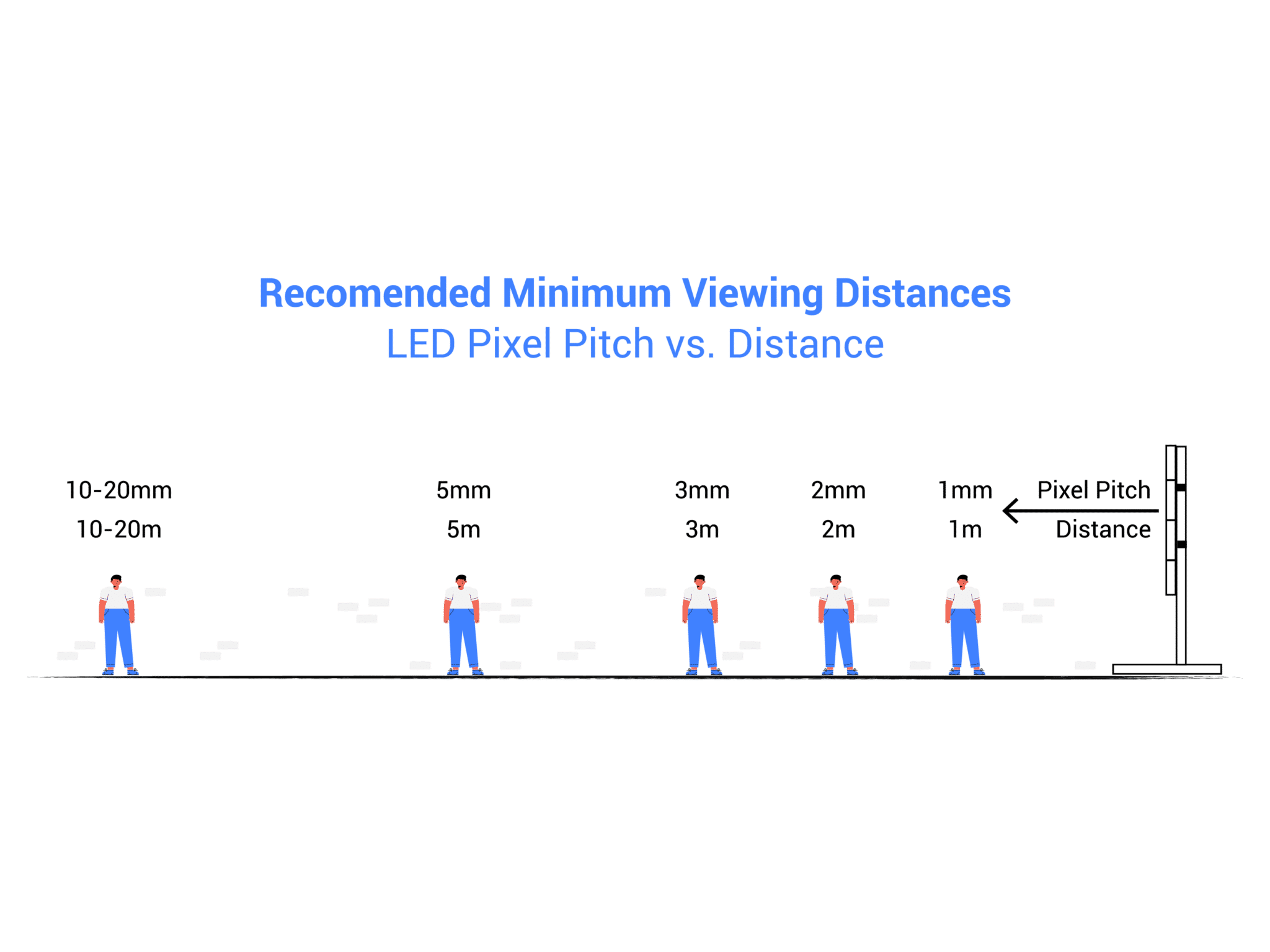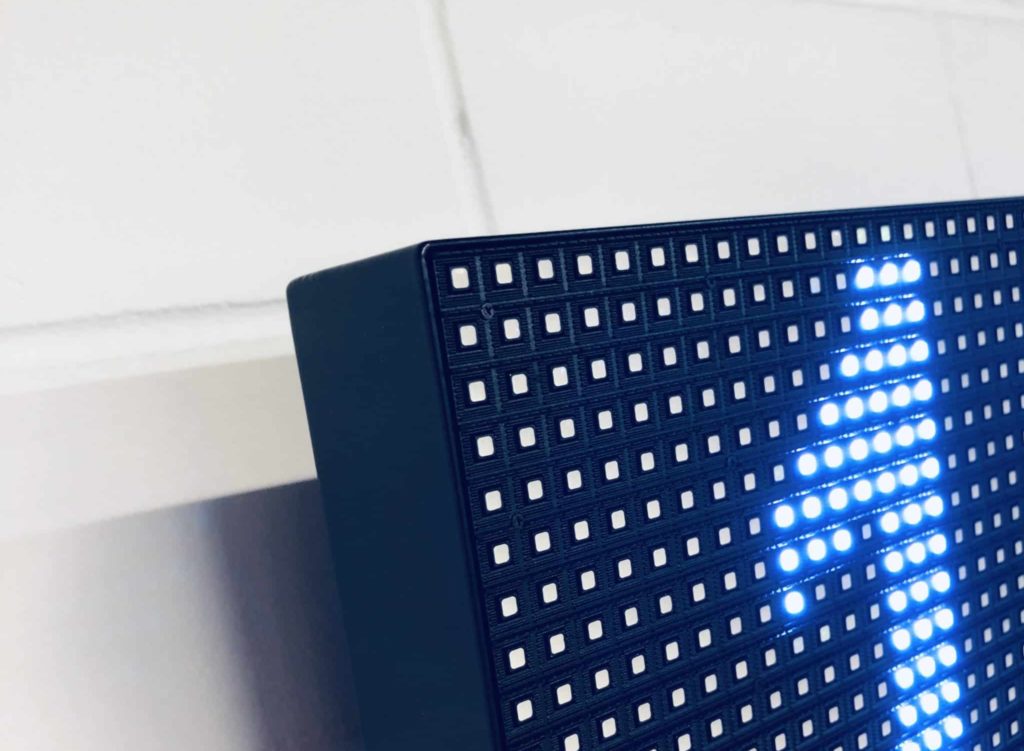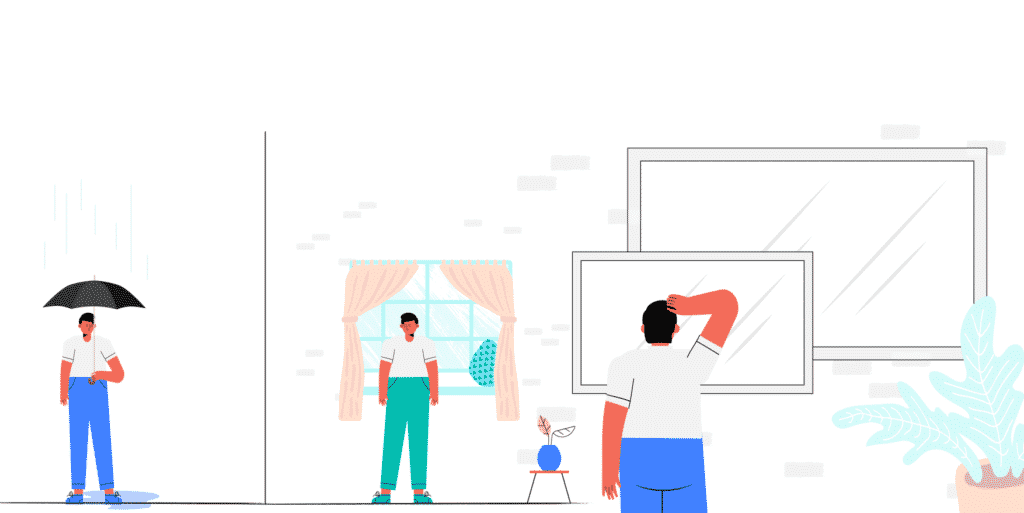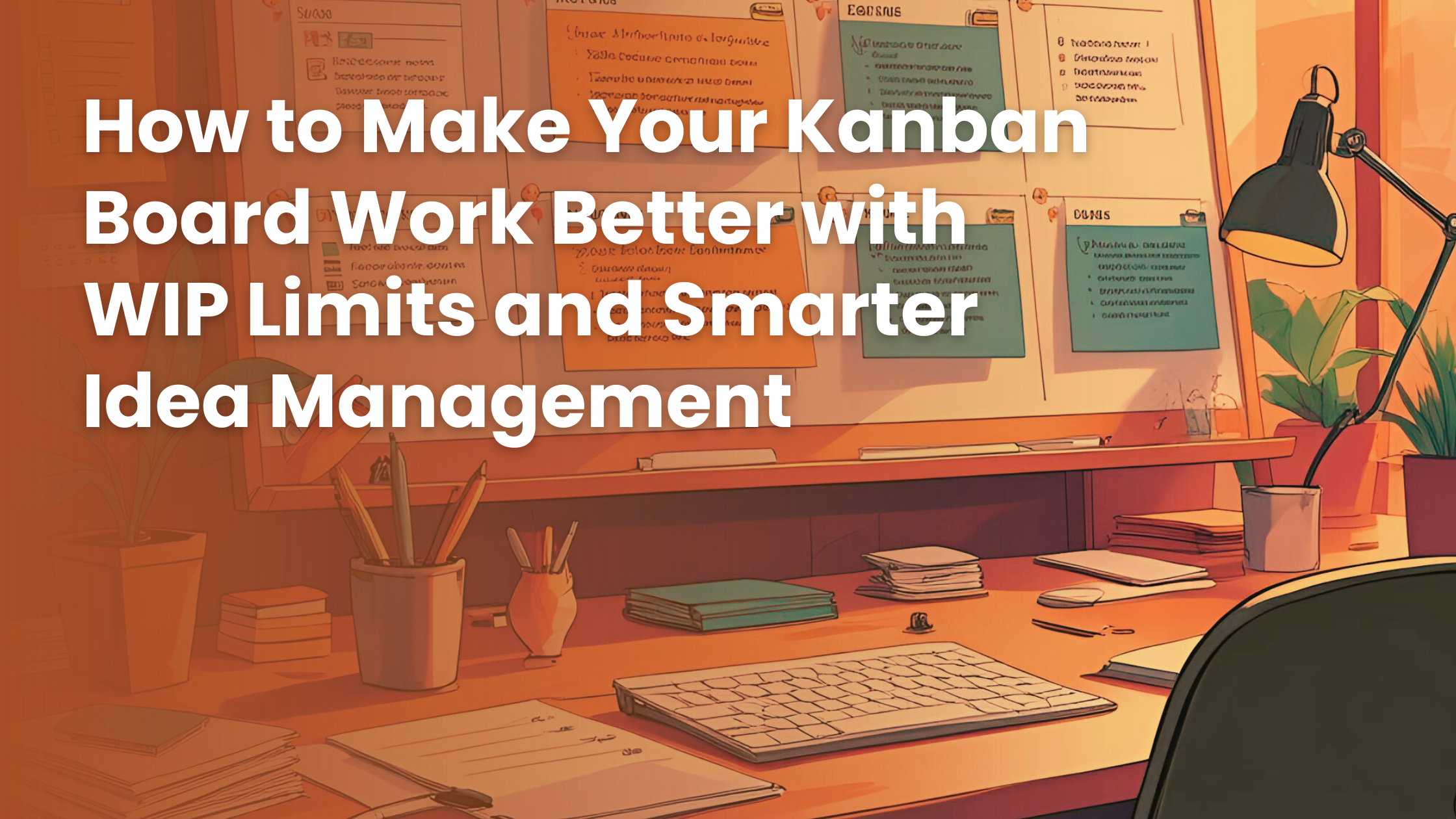When it comes down to it there are near endless options to choose from, so narrowing things down with these three simple questions is going to make it easier for us and for you to decide on all of the different technical components. After all, our goal is to make your life easier, and we want to start achieving that goal before you even place that order.
1. Is LED Message Board for Indoor or Outdoor Use?
If you’re planning to use your LED message boards or guidance signs indoors you can opt for more basic materials and a slightly dimmer level of brightness. On the other hand, if you’re going to be using the display outdoors it needs to be able to stand up to rain and other sources of water as well as dust and debris. Not to mention it needs to be able to be seen in the brightness of the sun.

2. How Close are the Users to the Screen?
How many of us have ever tried to read a screen that just looked blurry or pixelated? That’s what happens when the pixel density isn’t right and you’re trying to read the screen from the wrong distance. It’s not something you want to happen with your LED display. Since higher quality pixel density means a higher price tag, we want to make sure you can get the lowest quality possible while getting the best possible results. Following is a good rule of thumb of what should be the pixel pitch for your needs.

What is pixel pitch?
Pixel pitch is the distance in millimeters from the center of a pixel to the center of the adjacent pixel. Since pixel pitch indicates the amount of space between two pixels, a smaller pixel pitch means there is less empty space between pixels. This equates to higher pixel density.

3. How Large of a LED Message Board Do You Need?
When it comes to TV’s in our homes we usually think that bigger is better, but you don’t want to be spending more than you need when it comes to your LED message board or guidance sign. The larger you go the more people and further will be able to see it, but also the higher the cost is going to go. What that means is you should be going the opposite way as that TV you want in your living room. Choose the smallest screen that you possibly can while making sure that everyone who needs to be able to read it is going to have no problem doing so.

That wasn’t so hard, was it? Just three simple questions are all it takes to get started in figuring out the needs for your project. Now you think that things still are complicated and it is hard to make a decision. Also you would need to put financials behind to all that so you could make the decision? This is the right time to contact us. From there, we will listen to your needs and guide you towards best suitable options to match those needs.
Did this article helped or simplified things you? If yes, then please share the knowledge to colleagues and friends.







